|
Experiential learning resources for the innovative educator
Are you looking for an awesome way to engage middle and high school students in Earth Day? Take a look at these Earth Day project idea driving questions. Give Earth Day an exciting and real-world twist with project-based learning!
Earth Day is just around the corner and it’s time to start thinking about how your students can not only learn about Earth Day and the Earth itself but also examine and act upon the role that they play in keeping a clean and healthy planet.
Project-based learning is a great way to do that. This post offers 10 Earth Day project idea driving questions that challenge your students to protect, conserve, and preserve the Earth for generations to come. Earth Day is one of my favorite days of the year to develop experiential science learning activities around! I have a background in science, yes, but Earth Day is not just about ecology, geology, or the environment itself. It involves economics, psychology, history, law, politics, and so much more. It is cross-disciplinary to the highest degree! Earth Day is also highly relevant and meaningful to students. The health and well-being of this planet affect us all, which makes Earth Day the perfect focus for any experiential learning activity. With that said, Earth Day is not the only time to think about and play a role in the protection of the planet. Consider using some of the Earth Day project idea driving questions here any time of the year! Experiential learning is real-world, community-based, personalized, and authentic, making project-based learning a great approach. Take a look at the example Earth Day project ideas here, get some inspiration, and modify them as you wish! Good luck!
If you’re not sure about project-based learning or need some resources to help you get started, grab my free PBL tools mini-bundle. It includes a sample PBL planner, an implementation spreadsheet, and portfolio templates for project outcomes.
10 Earth Day Project Idea Driving Questions for PBL
1. Prioritizing Species Conservation Efforts
“How should endangered species conservation be prioritized?”
This is a fascinating question that could lead to a number of Earth day projects. Students dive into a deep exploration of human values and biases, ecology, law, economics, and so much more. The idea is to get students to pull apart all of the elements that make a species essential to the preservation of biodiversity. For example, you might ask your students whether they would prioritize the protections of dolphins or algae if they had to choose. Dolphins are cute, active, smart, and altruistic, which appeals to humans aesthetically. So should dolphin protection be prioritized over the protection of algae, specifically, zooxanthellae? Dolphins are cute, yes, and because they’re cute, they bring in tourism dollars to coastal communities. They’re also predators so play an important role in the health of marine ecosystems. But what about zooxanthellae? Algae may not be adorable, but zooxanthellae are essential for coral reefs, which are hot spots that house 25% of all marine life. You can see the dilemma, which makes this Earth Day project driving question so fascinating. As a final product, I have had my students develop tools (charts, quizzes, mind maps, etc.) that help prioritize species protection and then defend their system for that prioritization.
2. Endangered Species Act
“Should there be an Endangered Species Act?”
As an offshoot of the previous Earth Day project idea, you might have students examine the protection of endangered species altogether. Should we be putting funding and energy into individual species? This gets students to look at the details, history, and efficacy of the Endangered Species Act. They could pick apart the ESA and remove or add elements that they believe would make the program more effective. Or you could have learners answer the driving question with a simple yes or no and have them develop proposals for why or why not. This is one of my favorite Earth Day project ideas because it crosses so many disciplines and encourages critical thinking. I usually have my environmental science students do it, or a version of it. Endangered Species PBL Resource - Check this out for ready-made, student-led PBL.
3. Poaching Awareness Campaign
“How can our team create a poaching awareness campaign poster that reaches, informs, impacts, and inspires our target audience to take action?”
Poaching affects the Earth tremendously, and my students are always really interested in this topic, making it a fantastic Earth Day project idea. I think the concept really pulls at my students' heartstrings, which is why I like to approach this particular project-based learning experience with an awareness campaign. My students study human behavior and emotions to get at what encourages or inspires people to be moved enough to take action on the issue of poaching (illegal hunting). Each of my students (or small groups) chooses a species that has a history of or is currently at risk of poaching. Learners study the natural history of the species, the conservation history, and the consequences of the poaching of that species. They brainstorm a target audience, determine how to reach that audience, and develop an awareness campaign on poaching to share with that audience with the goal of eliciting an emotional response. Guided Project-Based Learning Poaching Resource
4. Invasive Species Comprehensive Solution Plan
“What combination of solutions can we employ to mitigate the impacts of local invasive species on the community?”
This Earth Day project idea is very problem and solution-centered and is community-based, which makes it one of my favorite PBL activities for Earth Day. My students choose one invasive species in the community to focus on. They then research the invasive species and explore solutions to the problem from a variety of perspectives. They might look at policies, removal events, education programs, and more. They weigh the costs and benefits of each solution and then put together a proposal for a comprehensive plan that effectively solves the problem. Invasive Species Problem-Based Learning Challenge Resource
5. Design a Pollinator Garden
“How can our science class create a free portfolio of pollinator garden designs to encourage the community to protect and enhance pollinator diversity?”
My students love designing pollinator gardens. It’s an awesome and fun Earth Day project idea for learning about ecosystems, communities, populations, symbiotic relationships, and more. My students either independently or in small groups design pollinator gardens based on what they learn about native pollinators and plants. They put their designs in a class portfolio and we distribute copies of the portfolio to local garden centers. Pollinator Garden PBL Templates
6. Habitat Preservation: Reduce, Reuse, and Educate
“How can our class educate the community, reuse materials, and restore wildlife habitats to reduce the impacts of habitat destruction on biodiversity?”
This is one of the most valuable Earth Day project-based learning experiences because students are so heavily and personally invested in the community and the outcomes. I have my students act on a variety of solutions including reusing, educating, and rebuilding. My students create an upcycled useable product and we host a fundraiser to sell those upcycled products. Students advertise for the fundraising event by making and sharing promotional videos about habitat loss and the benefits of reusing materials. We use the funds raised from reusing materials to build a certified wildlife habitat as a class. This experience could be done without building an actual habitat. Students could design the habitat. This is just an Earth Day project idea with a driving question that promotes digging into direct and indirect solutions to habitat destruction and loss. Habitat Destruction Guided Project-Based Learning Resource
7. Greenhouse Gas Exhibits
“How can we reframe the science of climate change, particularly as it relates to greenhouse gases, to be less abstract and more concrete for young learners?"
Climate change is undoubtedly altering Earth as we know it, so the topic is a great one for Earth Day. The science of climate change is complex. There are a lot of moving parts and some of those parts are tricky to wrap one's mind around. There are a lot of student misconceptions about climate change, many of which have to do with greenhouse gases and the greenhouse effect. Therefore, for this Earth Day project idea, I like to have my students choose a greenhouse gas and study the ins and outs of that gas. I then have them create interactive exhibits. Students choose how they want to reframe the abstractness of the greenhouse effect and make it more concrete. They might create a game, an animation, an interactive artifact, etc. They choose. The only stipulation is that their interactive component clarifies misconceptions about greenhouse gases. Students share their exhibits at a community exhibition event. We usually host it at the school, but I would encourage you (and your students) to collaborate with an organization that has access to a target audience, such as at a science museum. Greenhouse Gases Student-Directed Project-Based Learning Resource
8. Build a Wildlife Shelter
“How can our advisory build wildlife shelters for our school grounds to protect, preserve, and promote healthy and thriving wildlife communities?”
My students research local wildlife and their needs for survival and reproduction for this Earth Day project idea. They then design and build a shelter that reflects those needs. This is a fun one because students can personalize the experience and it can easily be adapted for a variety of learners. My four-year-old, for example, was able to build a bee house (with my guidance) while my high school students are able to design and build more complex wildlife shelters such as bat boxes. I often have my students combine this experience with the habitat destruction PBL and/or the pollinator garden PBL. If your students will actually build a pollinator garden or certified wildlife habitat, having students make wildlife shelters to add to those habitats is a great addition to either Earth Day project idea. Wildlife Shelter Project-Based Learning Templates
9. Renewable Energy Guide
“How can I create a free and accessible guide for homeowners and business owners that will help them confidently transition their homes or businesses to include renewable energy?"
This is a fantastic Earth Day project idea because it is subject-integrated and really gets students examining their role in protecting the Earth and looking at what tangible actions citizens can take. My students research specific renewable energy options, locate and map sites for that renewable energy option, create an animation that teaches about renewable energy, and develop a renewable energy transition guide for home and business owners. Renewable Energy Guided PBL Resource
10. Biodiversity Conservation Community Action Project
“How can I host a pop-up market of vendors with business models rooted in conservation to highlight and promote sustainable companies?”
My students do a lot of community action projects. I like the concept of community action projects because students learn about whatever concept or topic is at hand by exploring ways that they can serve, give back, or take action as it relates to that topic. April is a great time Earth Day projects that are community-based as community action projects are. For Earth Day, my students look at the roles they can play in protecting biodiversity. They determine ways to preserve biodiversity and act on those solutions. The Earth Day project idea driving question above was written by a group of my students. The goal was to connect with local entrepreneurs that have built their businesses with conservation in mind. Then those students highlighted and promoted those businesses by including their products or services in a student-organized and hosted community pop-up market. You can see from this example that community action projects take some time, so keep that in mind when you’re trying to decide on projects for this Earth Day. Biodiversity Conservation Community Action Project Resource
If you’re looking for help developing driving questions, or helping your students to develop their own, grab my free driving question writing tool and head to my blog post on how to write driving questions for assistance. Driving questions are important for clarifying purpose and direction
These Earth Day project idea driving questions are meant to be inspirational, not end all be all. You may not have the flexibility, resources, time, etc. to do some of the project examples exactly how I’ve done them, and that’s okay. They can all be personalized to work for your students, your learning environment, your timeline, and more.
Good luck! And as always, feel free to ask questions and share your experiences with me anytime at [email protected]. Happy Earth Day!
Check out these related bundles:
Similar blog posts:
Join our experiential learning Facebook group!
Did you know there is an experiential learning Facebook group? Check that out - Experiential Learning Community for K12 Teachers - and join in the discussion about experiential learning ideas such as real world learning in the classroom.
Let's get social!
Observe. Question. Explore. Share.
0 Comments
Your comment will be posted after it is approved.
Leave a Reply. |
Blog IntentTo provide innovative educational resources for educators, parents, and students, that go beyond lecture and worksheets. AuthorSara Segar, experiential life-science educator and advisor, curriculum writer, and mother of two. Categories
All
|
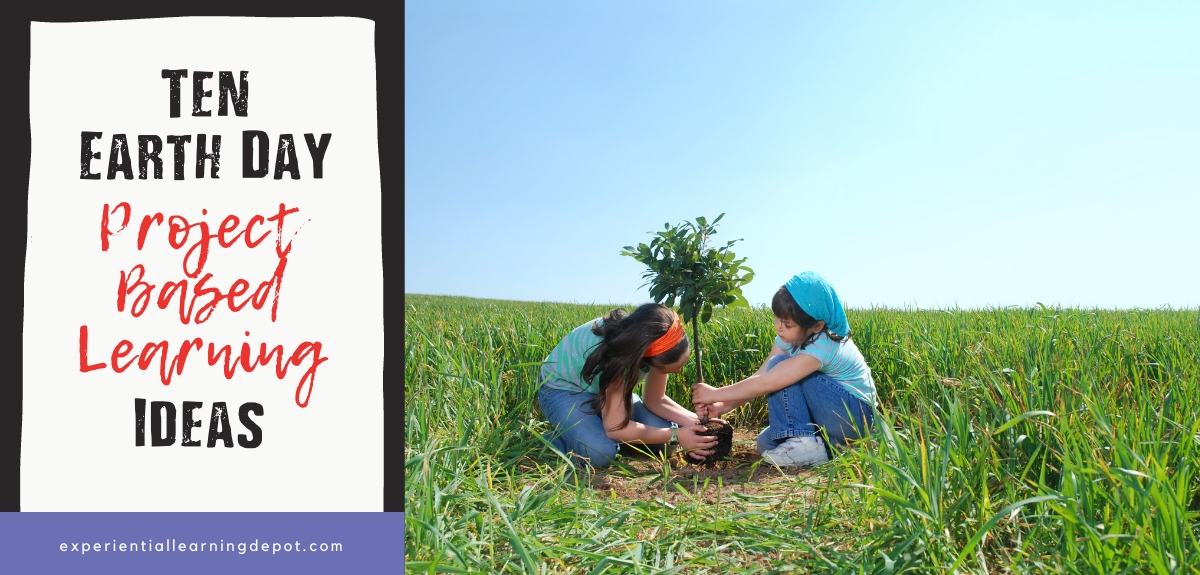
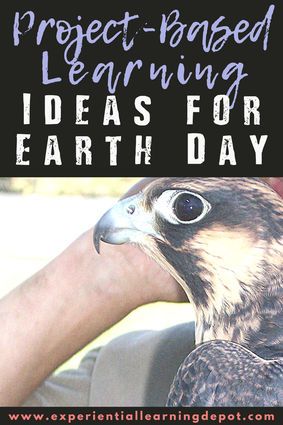
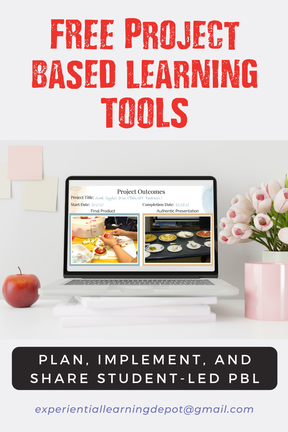
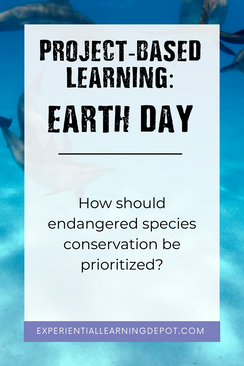
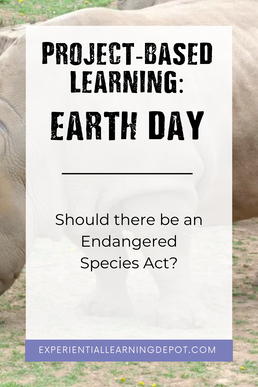
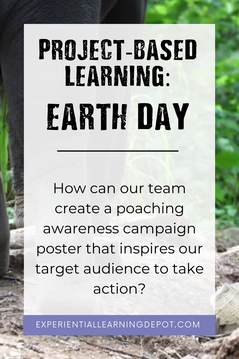
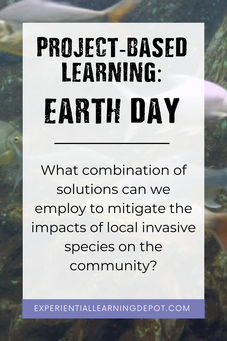
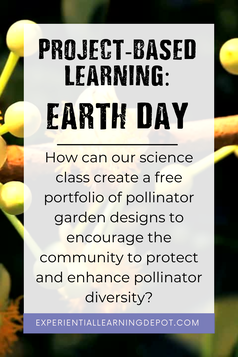
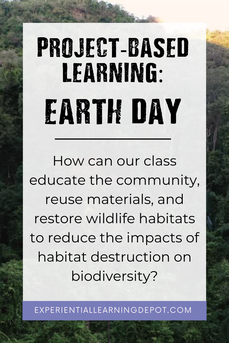
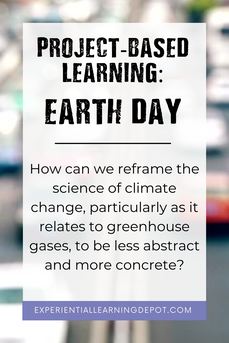
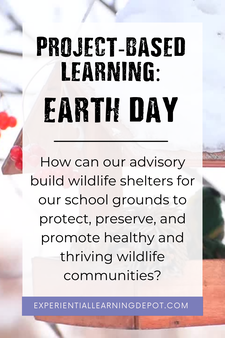
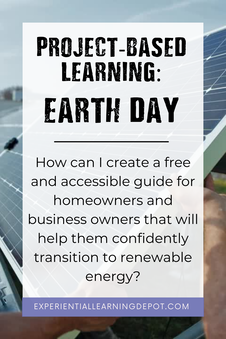
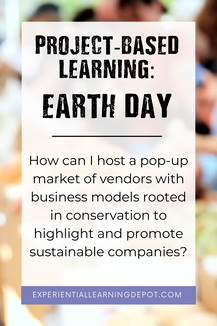
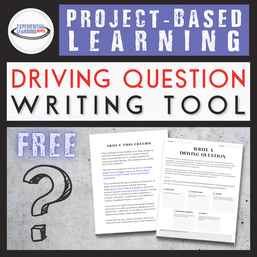
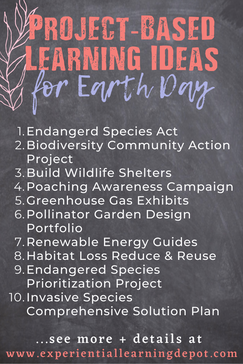
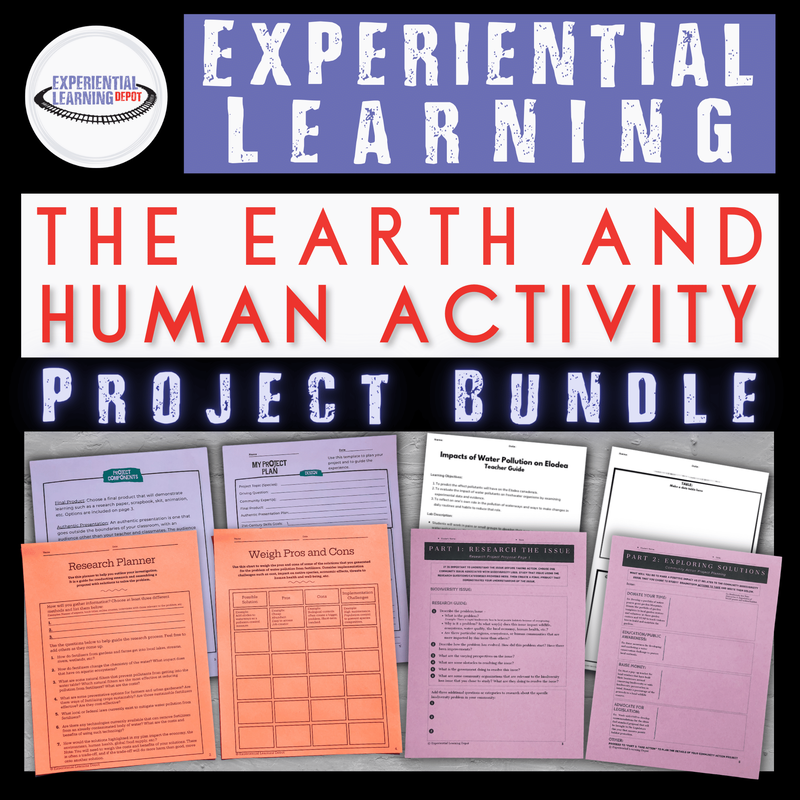
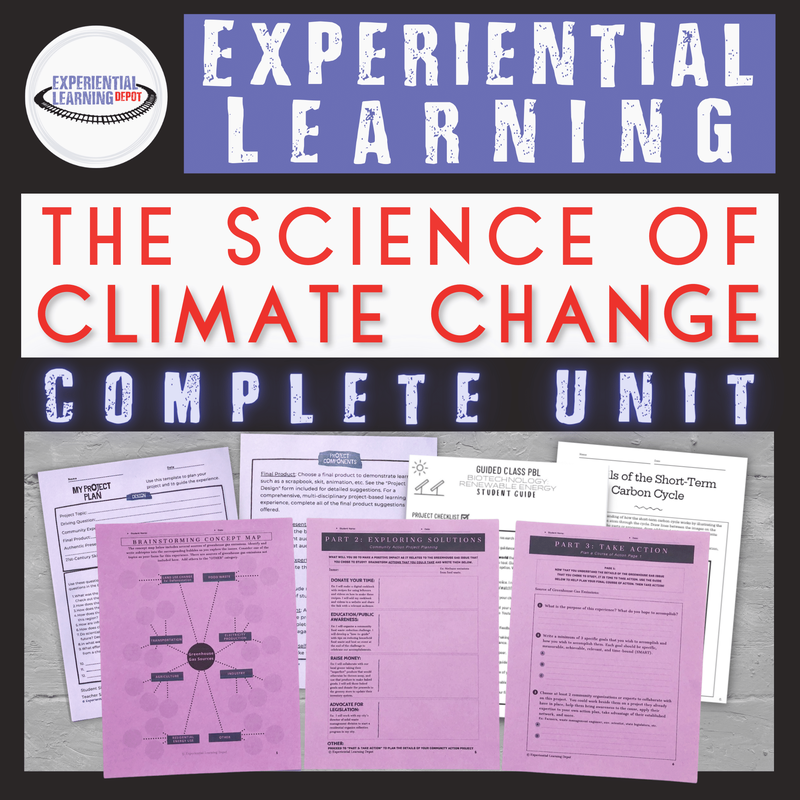
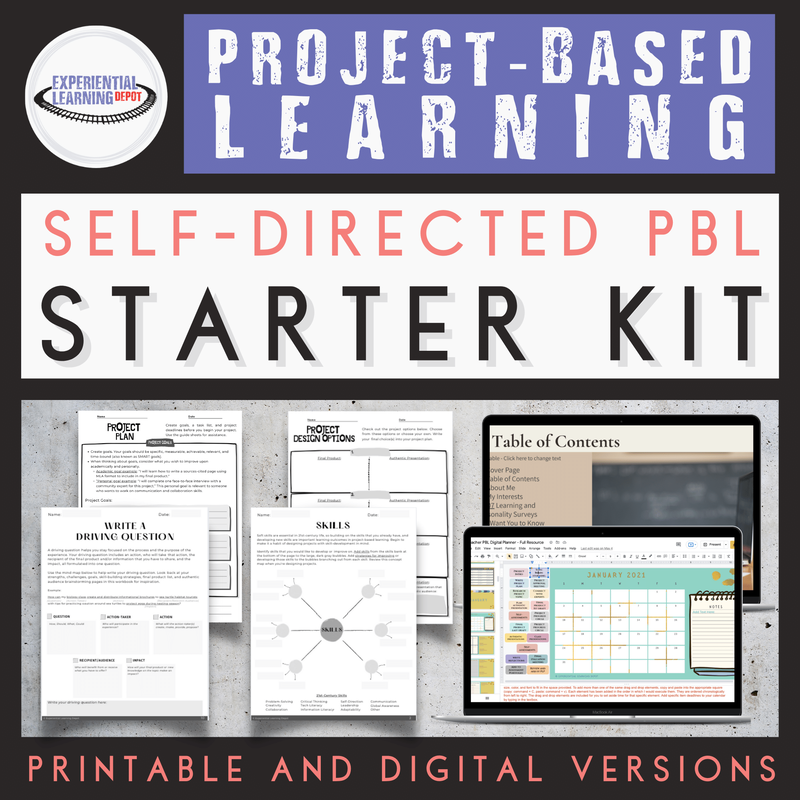
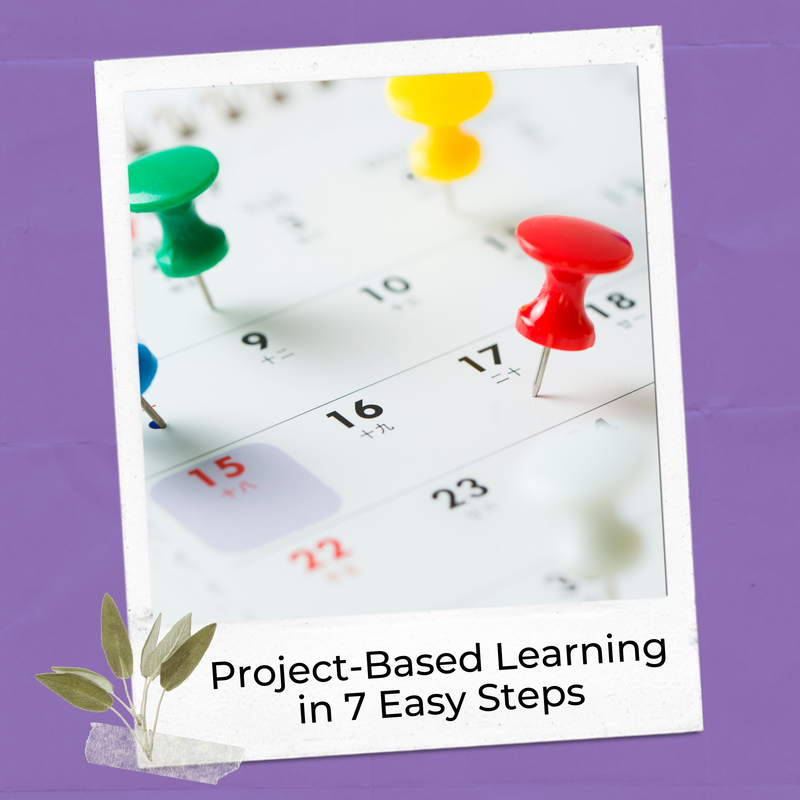
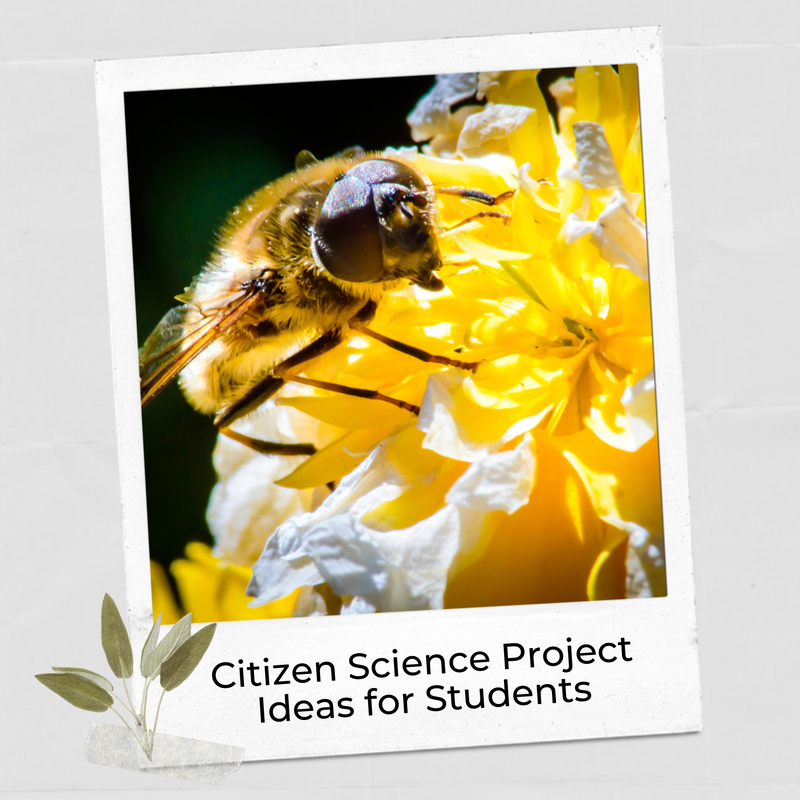
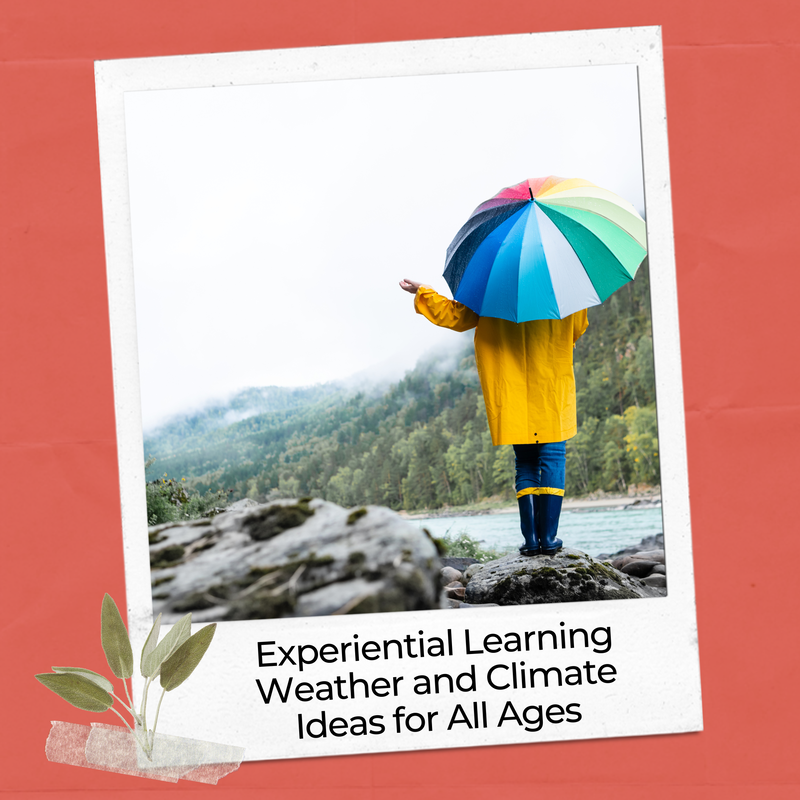
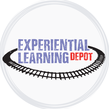
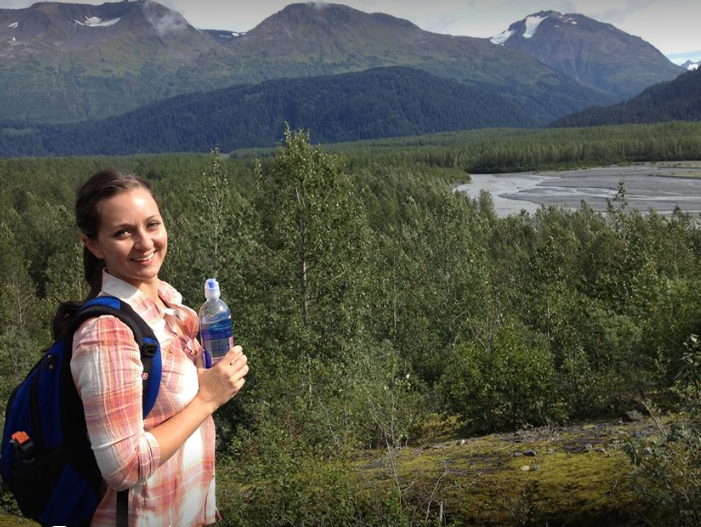
 RSS Feed
RSS Feed